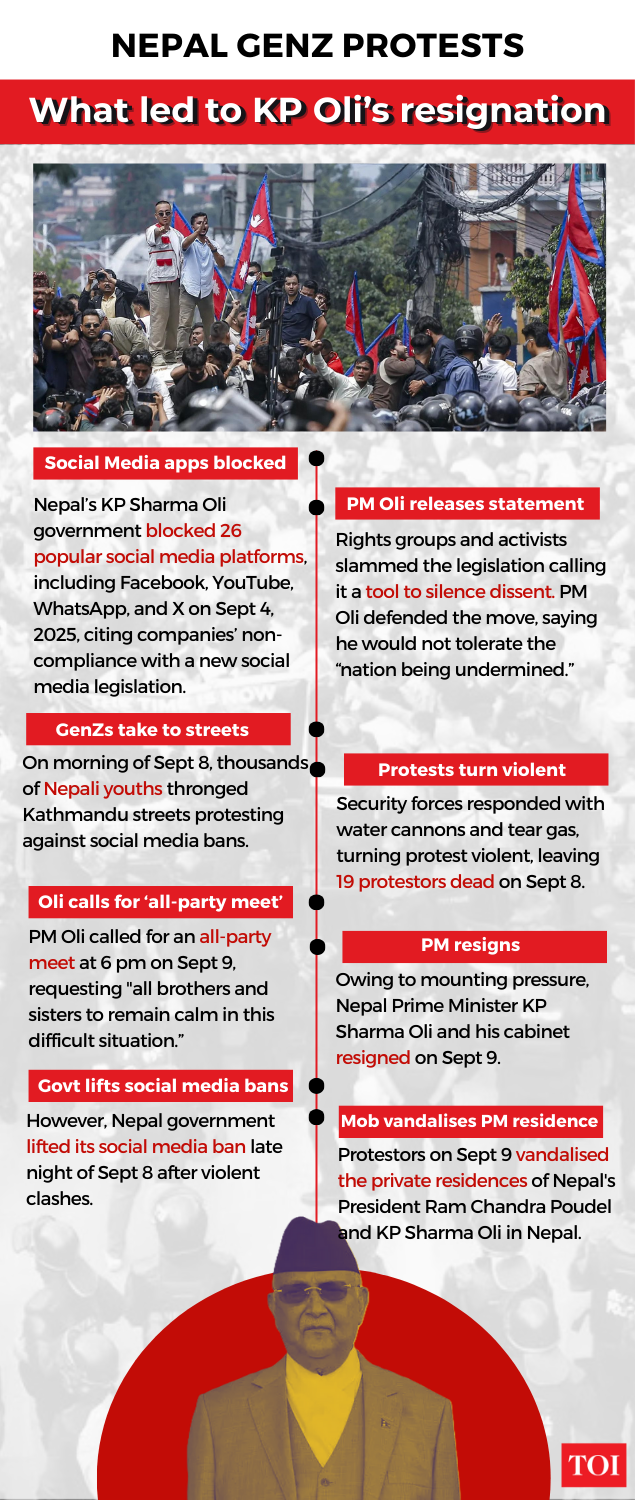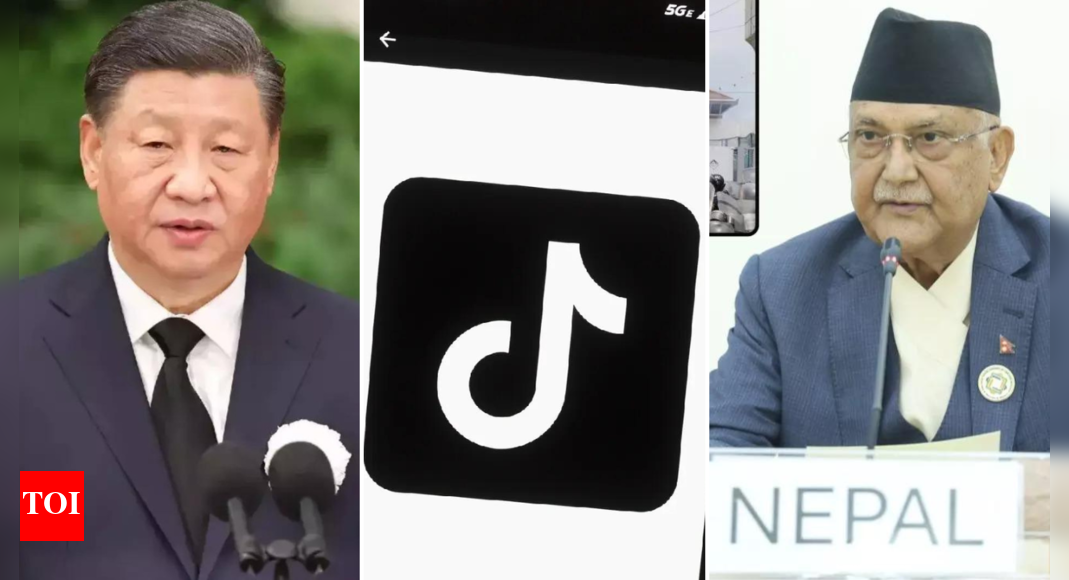Mass protests rocked Nepal this week after the federal government in brief blocked common social media platforms, together with Fb, X and YouTube. A minimum of 21 other people had been killed and greater than 250 injured as police opened hearth on demonstrators in Kathmandu, with protesters torching properties of senior leaders and chanting “Prevent the ban on social media. Prevent corruption, no longer social media.”Even if the ban was once lifted inside of 24 hours, the unrest spiralled right into a broader rejection of Top Minister KP Sharma Oli’s management, fuelled by way of accusations of corruption, nepotism, and police brutality. By way of Tuesday afternoon, Oli introduced his resignation, announcing he was once “deeply saddened by way of the lack of lives” and promised an inquiry into the violence.
Why TikTok was once spared
A number of the 26 banned packages, TikTok, the go-to social media platform for Gen Z, was once conspicuously absent. Consistent with The Related Press, the Chinese language-owned platform had officially registered in Nepal, agreeing to conform to new regulations that require corporations to determine an area liaison place of work or level of touch.

TikTok had in the past confronted a ban in 2023 for allegedly disrupting “social solidarity” and spreading indecent content material. That prohibition was once lifted handiest after corporate executives pledged to stick to Nepali regulations, together with the rustic’s 2018 ban on pornography web pages.Suppose tank Observer Analysis Basis (ORF) famous that TikTok holds distinctive political weight in Nepal. Many younger customers, specifically the ones elderly 16 to 24, used the platform to marketing campaign for the recovery of the Hindu state and monarchy — abolished in 2008. ORF argued that sparing TikTok from the newest restrictions mirrored the app’s central position in political mobilisation, particularly amongst teams upset with Oli’s executive.
TikTok’s rising succeed in in Nepal
TikTok’s affect amongst Nepal’s adolescence has been increasing hastily. As ORF reported, the platform isn’t simply a web page for leisure but additionally a device for political expression, with younger customers mobilising round problems from corruption scandals to calls for for systemic exchange.
Lots of the children elderly between 16 and 24 years who at the moment are concerned with political actions for the recovery of Hindu state and monarchical establishment most commonly used TikTok to propagate their perspectives.
A piece of writing in ORF
With adolescence unemployment at 20% final 12 months, in line with International Financial institution information, and greater than 2,000 younger other people leaving Nepal day by day on the lookout for paintings out of the country, TikTok has turn out to be an outlet for frustration and activism. Its position in fuelling political dissent highlights why banning it might have intensified unrest even additional.
China ties and political calculations
The verdict to not block TikTok additionally got here as Oli deepened ties with Beijing. On August 30, days earlier than the protests, he met President Xi Jinping in Tianjin all the way through the Shanghai Cooperation Organisation summit. Xi hailed Nepal as a “peace-loving neighbour” and reaffirmed China’s readiness to improve Belt and Street cooperation, connectivity tasks, and strategic agree with.Oli, in flip, reassured Beijing of Nepal’s dedication to the “one-China theory” and pledged to not permit any drive to make use of Nepali soil to undermine Chinese language pursuits. Consistent with Chinese language state media, he additionally welcomed larger collaboration in business, generation, local weather reaction and safety beneath Xi’s International Building and International Safety Tasks.By way of leaving TikTok untouched, the federal government unwittingly passed Gen Z a rallying tool-one that performed no small position in Oli’s downfall.

